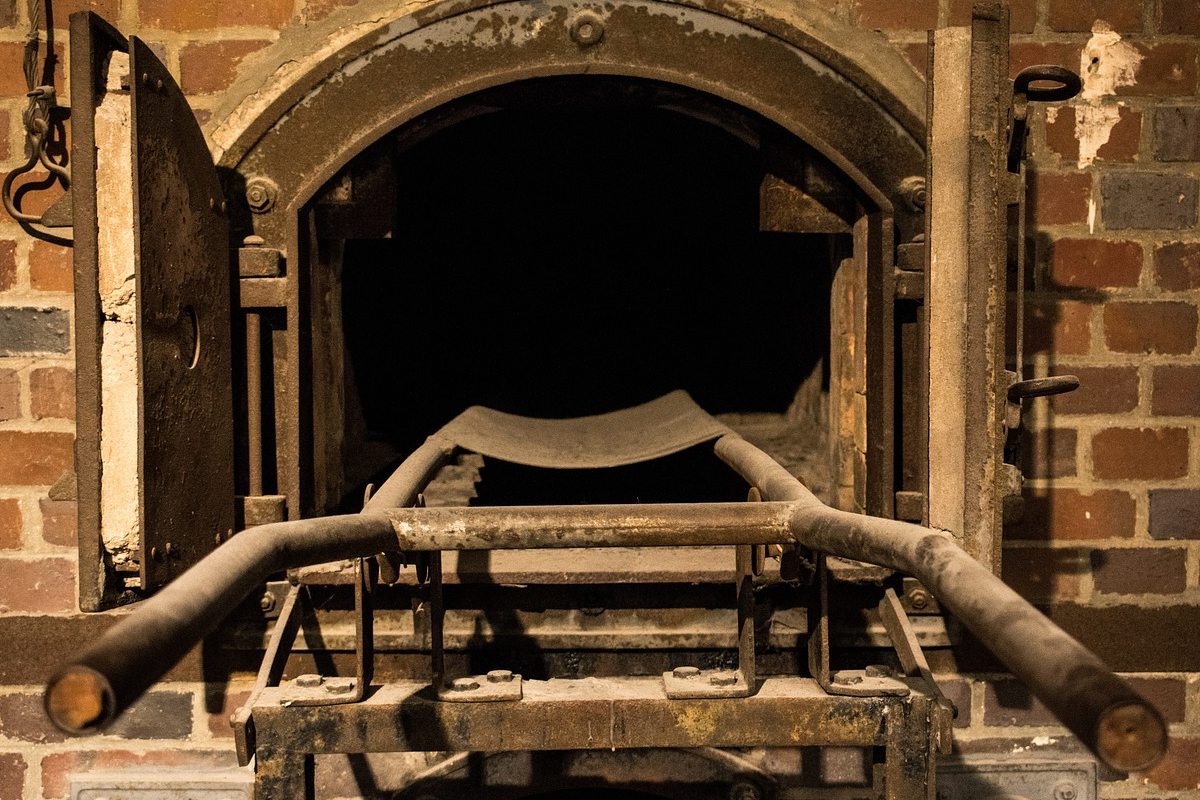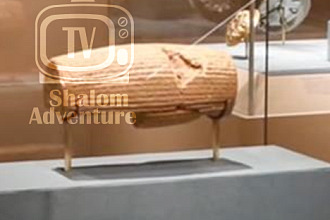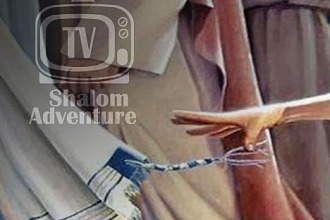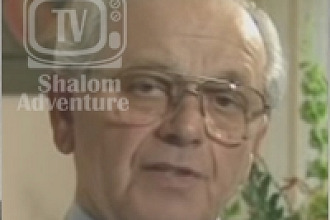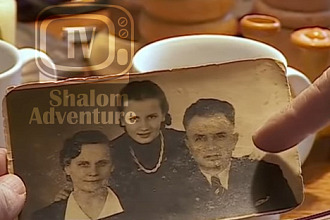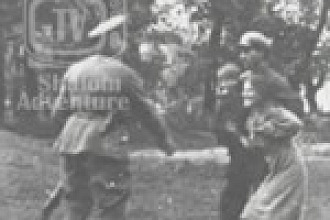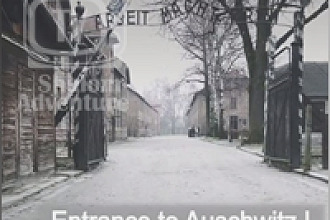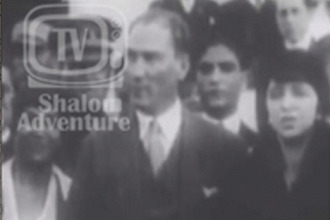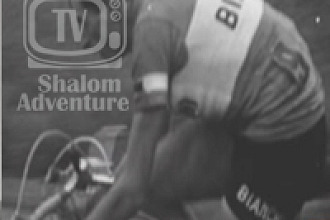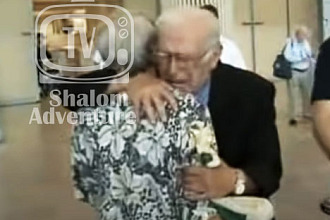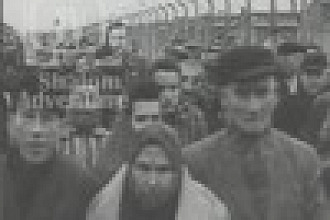Dachau, Munich Area, Germany
The barracks and lavatories were drab grays and browns, concrete and bricks, lifeless, seemingly unfit for human use. One could still run fingers over the “ovens” and through the ashes, and gaze numbly down upon the signs denoting pistol ranges for execution and mass graves of thousands unknown, systematically tortured and annihilated against their wills. Standing in the so-called showers with concrete on four sides and only one way in and one way out was stomach churning. The obviously well maintained graveside gardens in various hues of reds, magentas, and purples did nothing to cheer up the solemn morning; there was the realization that those flowers probably weren’t there at the time this house of horrors was in operation.
Gazing up, there was the huge white guard tower silhouetted against a lush green forest and sapphire skies, but gazing down: barbed wire and electrical fence. Crossing the barren dirt area between the barracks and the ovens and showers, chills radiated down the spine trying to process the thought of how for so many, this was their final march to death. Exiting via the black iron gate “arbeit macht frei” was the equally sickening realization that I get to physically leave this horrible place, while thousands never had the same opportunity.
Yad Vashem, Jerusalem
Upon entering the Children’s Memorial at Yad Vashem on Har Hazikaron, the Mount of Remembrance in west Jerusalem, Israel’s tribute to the millions relentlessly tortured and executed during the Holocaust as well as the Gentiles that sacrificed their lives amidst those sinister years, seeing the glow and gentle flicker of innumerable candles reflecting and refracting off mirrors giving the impression of walking among the star-studded skies and hearing far away voices murmuring the names of murdered children resulted in powerful memories of Dachau flooding my mind. Said memories culminated with the starry night effect, the names of the 22 concentration camps etched in stone, and the very design of the museum, the sensation of entrapment with no exit and no way out until navigating the entire zig-zag design of ropes and displays that it hit home more as to how the Holocaust helped propel the creation of the modern State of Israel. While one can undeniably read about these events in history books, textbooks rarely spur such perspectives as actually visualizing and touching tangible artifacts of history.
Whereas Dachau focused on a factual account of Hitler’s election, the opening of Dachau in 1933 as the first of the concentration camps, the invasion of Warsaw, and a general remembrance of the Jewish people and other minorities slaughtered, Yad Vashem and especially the Children’s Memorial fueled less traditional, less textbook-like-history-class-like sentiments. Letters, photographs, the Garden of Righteousness, and conversations with the locals preserve not the memories of those who perished, both Jewish and Gentile, but a theme of hope of unity among the Jewish people to aliyah to Eretz Yisrael from all countries to integrate geographically, spiritually, and morally. Not only was there hope that a country emerge bonded by the common experiences of stench, starvation, and skeletons, but hope that the world would learn a powerful lesson and never repeat such atrocities.
While a chilling sadness cannot help but prevail, there is a deeper realization of how a state was reborn from the ashes to become the technological, agricultural, spiritual, innovative, self-sufficient New Jersey-sized nation-state that it is today, a diverse people from all walks of life motivated by a common goal to coalesce, never forget, but simultaneously work together to build a better tomorrow.
*******
We have sinned against you. You reign forever. Remember us in your mercy. Grant us the grace to be ashamed of what we men have done, to be ashamed of this massive idolatry, of having despised and destroyed our own flesh which you formed from the earth, to which you gave life with your own breath of life. Never again, Lord, never again!
--- Pope Francis’ address at the Yad Vashem, 26 May 2014

